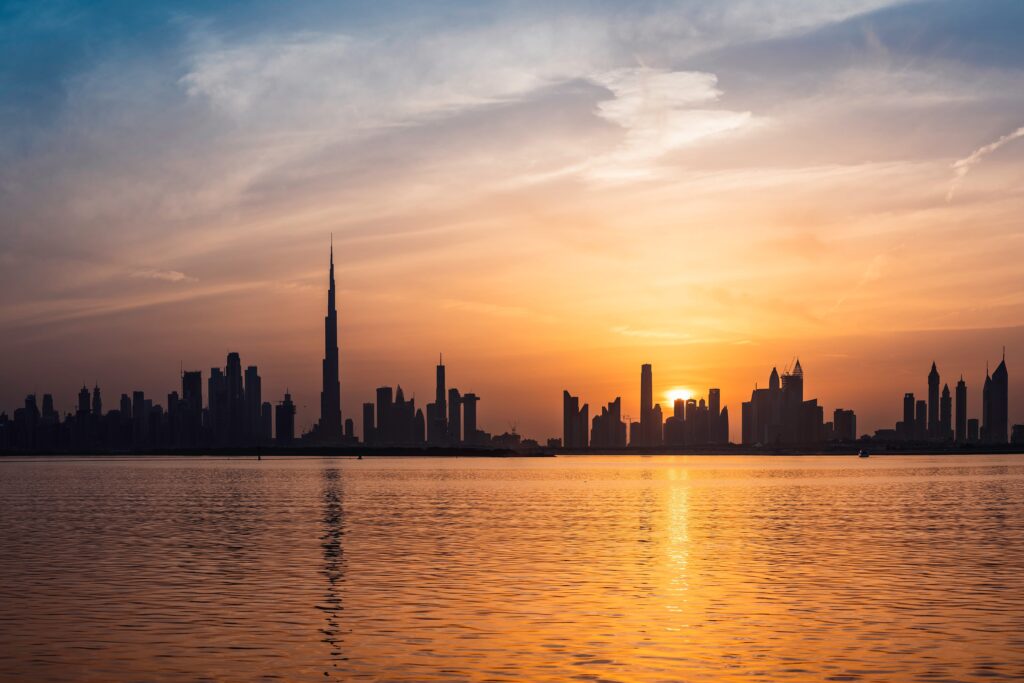Top 18 places and attractions in Hamburg, Germany
We’ve made a list of 18 places and attractions you should visit while in Hamburg. A list to help you with your questions: what to do and see on your visit to the beautiful German city.
- Information about Hamburg
- Speicherstadt – "city of warehouses"
- Elbphilharmonie – the philharmonic concert hall.
- International Maritime Museum, Hamburg
- Hamburg Rathaus- Hamburg City Hall
- Kunsthalle Hamburg – one of the largest art museums in Germany
- St. Pauli – the fun of Hamburg
- Jenisch Haus
- Miniature Wonderland (Miniatur Wunderland)
- HafenCity- built in the river district of Hamburg
- Planten un Blomen- a beautiful piece of nature in the center of Hamburg
- Boat tour of the harbor
- Jungfernstieg
- Elbe Tunnel – the tunnel under the river Elbe
- Außenalster
- St Michael’s Church
- Fischmarkt
- Treppenviertel Blankenese
- Chilehaus
Information about Hamburg
Hamburg is the largest port city in northern Germany and the second largest after Berlin. Its location on the River Elbe, which connects it to the North Sea, makes it the third largest port in Europe, after Rotterdam and Antwerp. The city has a population of almost two million (Wikipedia for Hamburg);
The city was founded in the 7th century and since then has accumulated a lot of history that is worth seeing and hearing. There you have it, our list of 18 places to see on your trip to Hamburg.
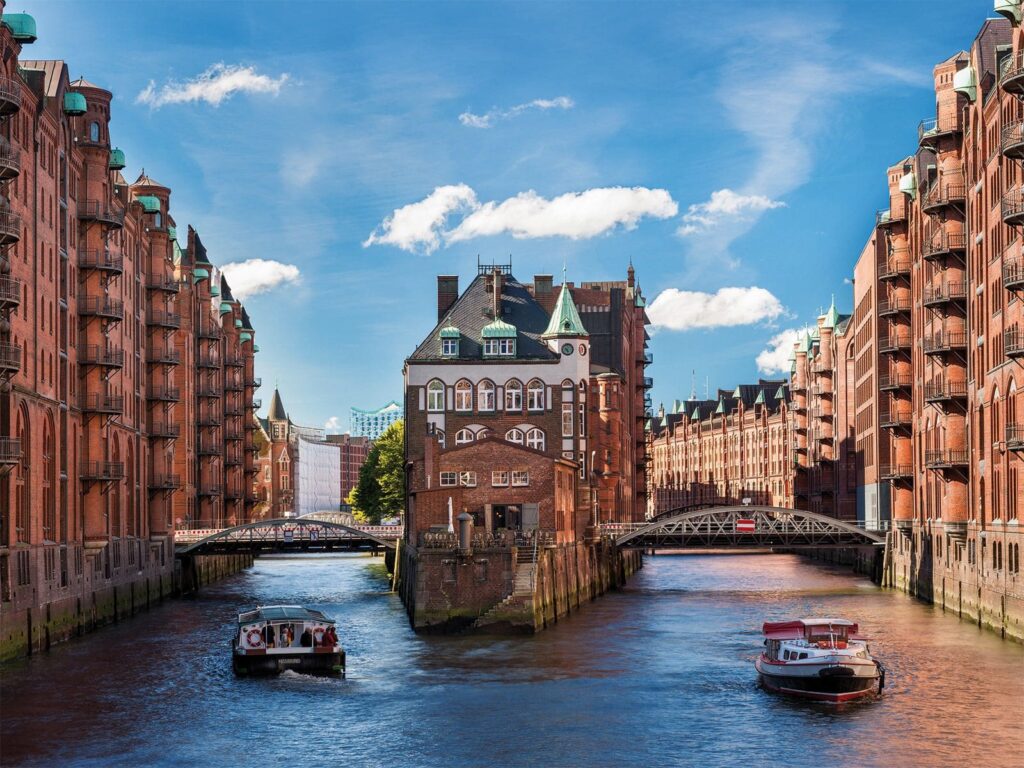
Speicherstadt – “city of warehouses”
Speicherstadt literally translated means “city of warehouses” and is a region in Hamburg that was designed to be a duty-free free trade zone. It is built entirely on wooden oak poles and is the largest warehouse of its kind built in this way in the world. Since 2015, after restoration, the site has been protected by UNESCO as a World Heritage Site.
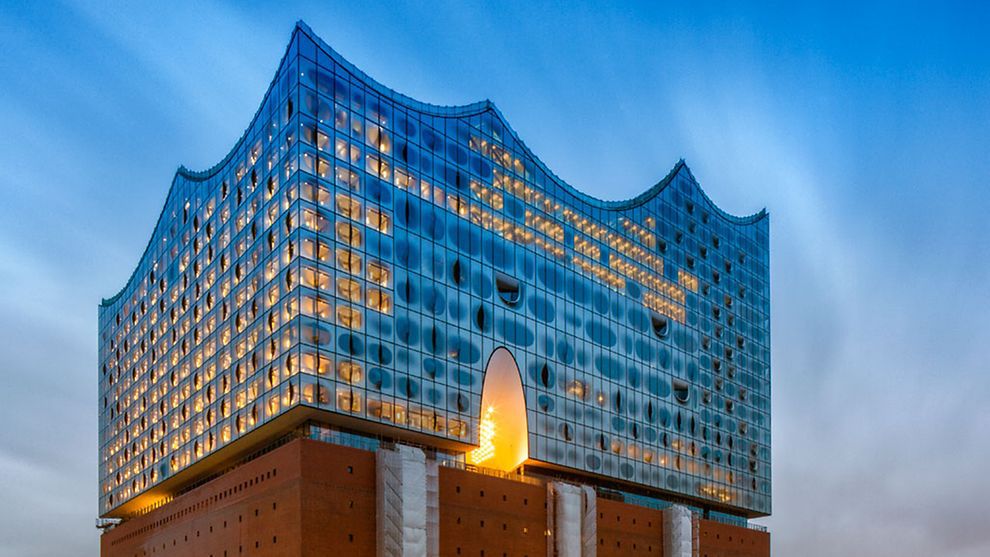
Elbphilharmonie – the philharmonic concert hall.
Officially opened in 2017, the Elbphilharmonie is the tallest inhabited building in Hamburg with a height of more than 100 meters.
This building of considerable size has an enigmatic profile that has been compared to waves, the plana of a ship, or a quartz crystal. There are around 1,000 curved windows on this glittering façade. And at the very top is the Plaza, an observation deck and glitzy café open to all.
The Great Concert Hall has room for 2,100 spectators, and if you love music, you can hear the Elbphilharmonie Orchestra in one of the most acoustically advanced venues ever built.
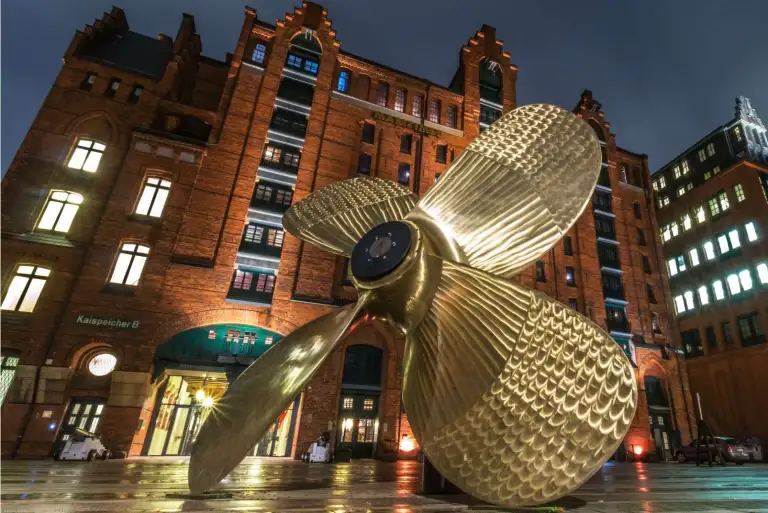
International Maritime Museum, Hamburg
Internationales Maritimes Museum Hamburg is a private museum in the Hafen City district of Hamburg, Germany. The museum holds a collection of ship models, building plans, uniforms, and maritime art amounting to over 40,000 objects and more than one million photographs.
Anyone seduced by the romance of the high seas will be won over by the objects in the Hamburg Maritime Museum. There are entire sailing ships and absorbing curiosities, letters by Admiral Nelson, a reproduction of Ernest Shackleton’s lifeboat, and a 3,000-year-old canoe discovered in Hamburg harbor.

Hamburg Rathaus- Hamburg City Hall
One of the most beautiful and memorable buildings in Hamburg is the town hall. The architecture of the 133-meter wide facade is neo-Renaissance, and the tower in the center rises 112 meters.
Inside there are short-term exhibitions that are free to view. You can enter the courtyard, where there is a fountain with a statue of the goddess Hygeia.
The interior has a rather historic design, and one of the most interesting facts is the incredible number of rooms: 647 at last count. Strangely enough, a whole new room was discovered in the tower in 1971, which was previously unknown to exist.
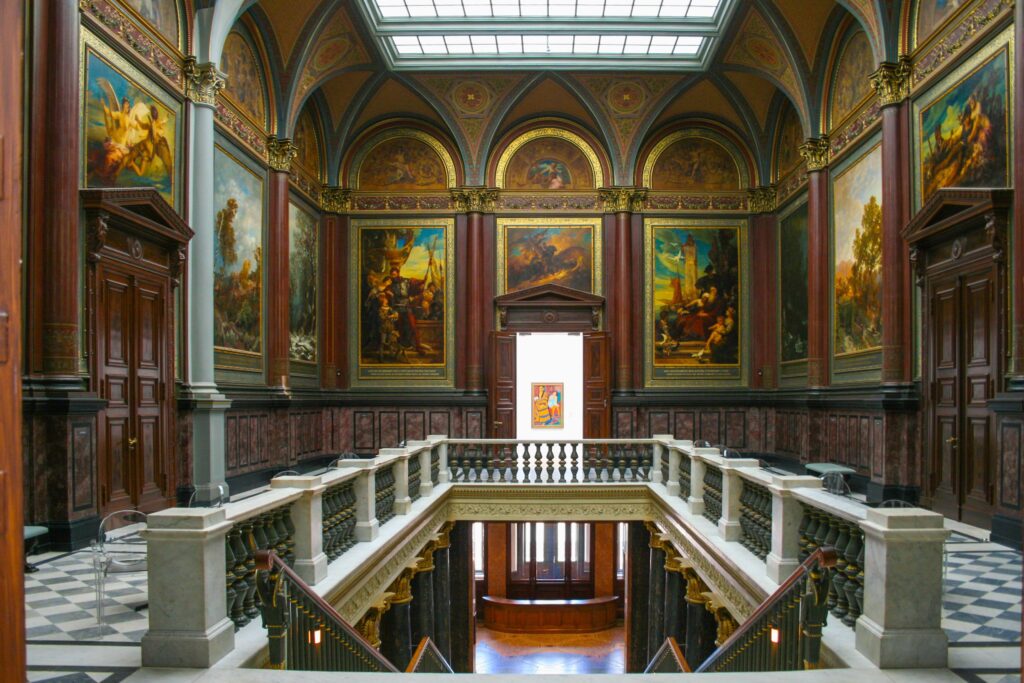
Kunsthalle Hamburg – one of the largest art museums in Germany
One of the largest and richest art museums in Germany. The Kunsthalle is so big that you can easily lose a whole day wandering around it.
You can find works by old masters such as Goya, Rembrandt, Rubens, Lucas Cranach the Younger, and Canaletto, as well as newer names Paul Klee, Kirchner, Franz Marc, Picasso, Francis Bacon, moving on to Warhol, Tracey Emin, and Joseph Beuys.
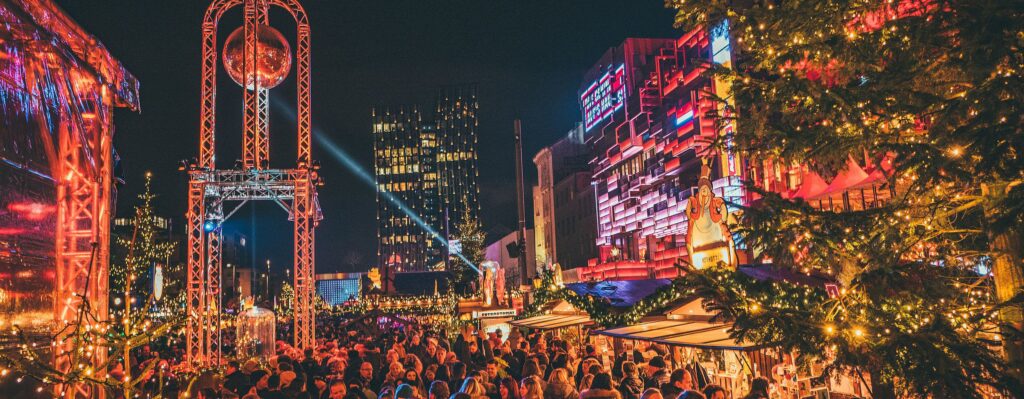
St. Pauli – the fun of Hamburg
The lively bars and nightclubs attract all kinds of visitors to the Reeperbahn and St Pauli’s main street.
Off the main street are theatres such as Schmidts Tivoli and Operettenhaus, which present cabaret shows and musicals. The nearby Karolinnenviertel district is known for its local fashion boutiques and trendy cafés.
Complemented by fish restaurants, St Pauli Pierce offers boat trips.
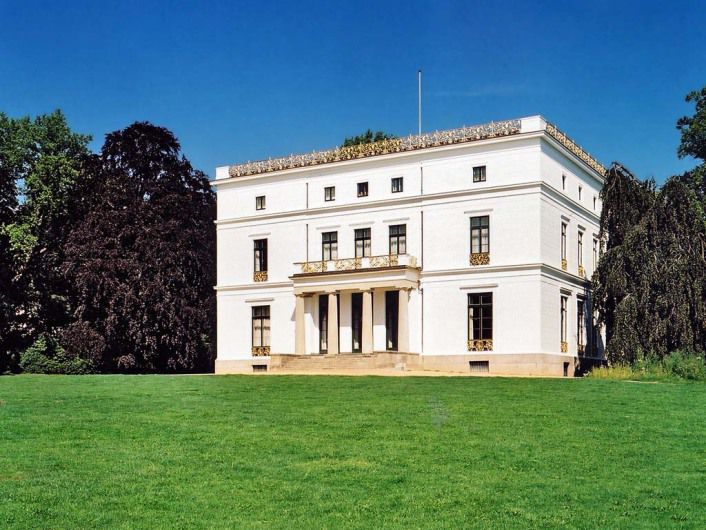
Jenisch Haus
Jenisch House is a country house in Hamburg built in the 19th century and is an example of the Hanseatic lifestyle and neoclassical architecture. Since 2008, the Jenisch House has been a museum of Elbe culture.
It is located within Jenisch Park in the Othmarschen district.
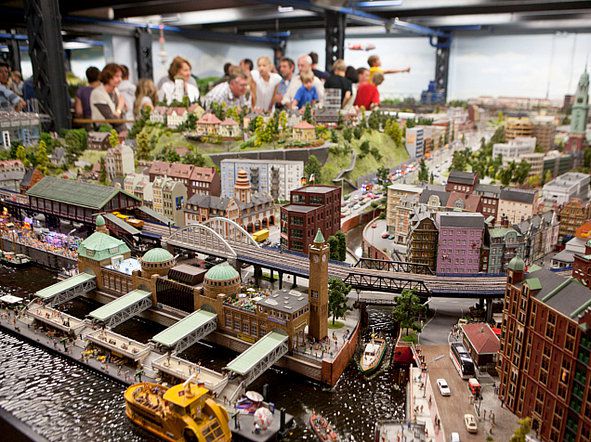
Miniature Wonderland (Miniatur Wunderland)
Miniatur Wunderland is a miniature railway and airport attraction in Hamburg, Germany, and is the largest of its kind in the world. The railway is located in the historic Speicherstadt district of the city.
All trains and machines run in an absolutely authentic way and have thousands of automated moving parts controlled by a sophisticated computer.
As of 2017, there are 15.4 kilometers of rail tracks, and the daily cycle changes every 15 minutes. Visitors can flip a total of 200 switches to control things like windmills, helicopters or the space shuttle.

HafenCity- built in the river district of Hamburg
Encompassing Speicherstadt, HafenCity is a new waterfront district that was officially unveiled in 2008. Partly on drained land from the Elbe River, HafenCity will continue to grow over the next 15 years, creating homes for 12,000 people and jobs for up to 40,000.
The main sight to see is the Elbphilharmonie concert hall, which deserves its own attention.
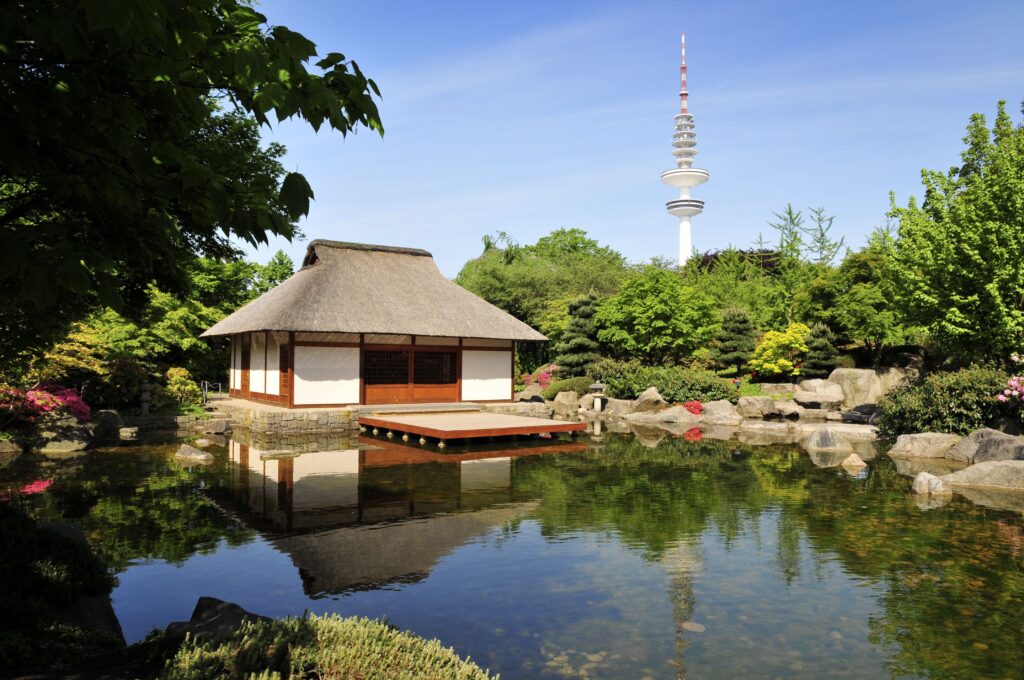
Planten un Blomen- a beautiful piece of nature in the center of Hamburg
If you were to make a list of the best city parks in Europe then Planten un Blomen would be in the top 5 of that list. With its 47 hectares of gardens, lawns, ponds, greenhouses, and botanical plantings it is a truly beautiful way to get away from the urban setting.
The Old Botanical Garden, which was built in 1821, is also located in the park. You can stroll through all five greenhouses, with the largest Schaugewächshaus having plants from the Mediterranean climate and containing laurel, olive trees, palms, and eucalyptus. Just as fascinating is the Kakteenhaus, full of succulent plants from a desert climate.
The park really shines in summer when the rose garden is in its prime and the colorful musical fountain brings more magic to the scene.
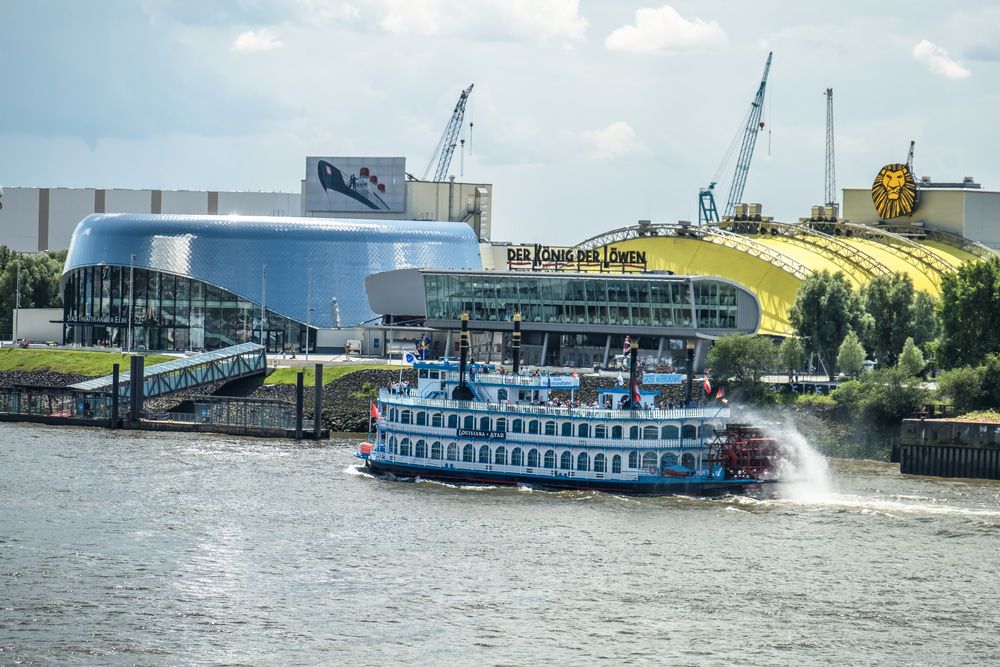
Boat tour of the harbor
Boat trips aren’t just something to do when you’re in Hamburg, they’re the best way to see the city’s harbor and waterfront areas. If you want a trip past the paddle-wheel cranes of Europe’s second busiest container port, you can catch boat #61, which sails to Neuchhoff and back.
Or if you want to marvel at HafenCity and the Elbphilharmonie overlooking the river, then hop aboard boat No. 72.
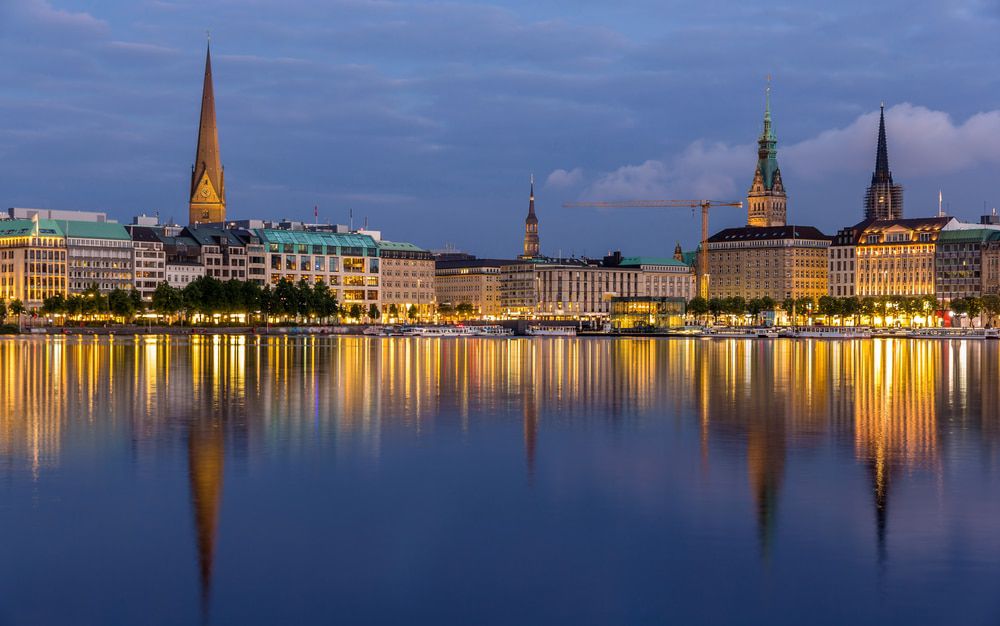
Jungfernstieg
Jungfernstieg is located in the dynamic and commercial heart of Hamburg. The Jungfernstieg is a promenade on the Binnenlaster and just stroll along it to feel some of Hamburg’s charm.
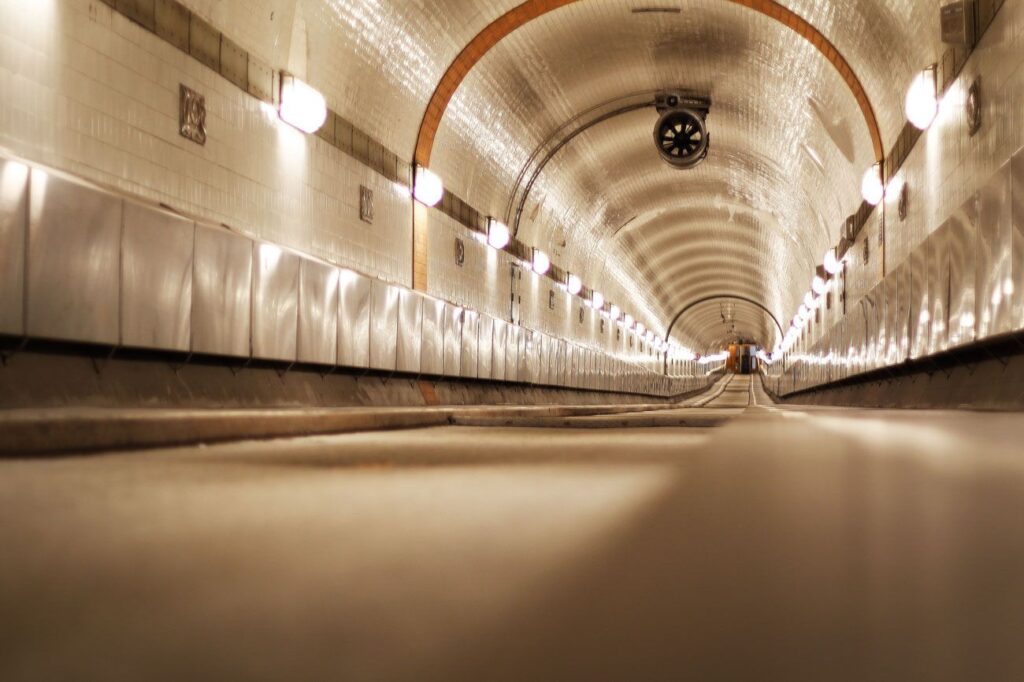
Elbe Tunnel – the tunnel under the river Elbe
No one had seen anything like the 426-meter Elba Tunnel when it opened in 1911. At 24 meters below the river, it transformed the lives of port workers in Hamburg traveling from across the river.
The northern entrance is not to be missed for its vibrant green dome, and that its architecture is half of the tunnel’s charm.
There are two parallel tunnels for cars and pedestrians/cyclists.
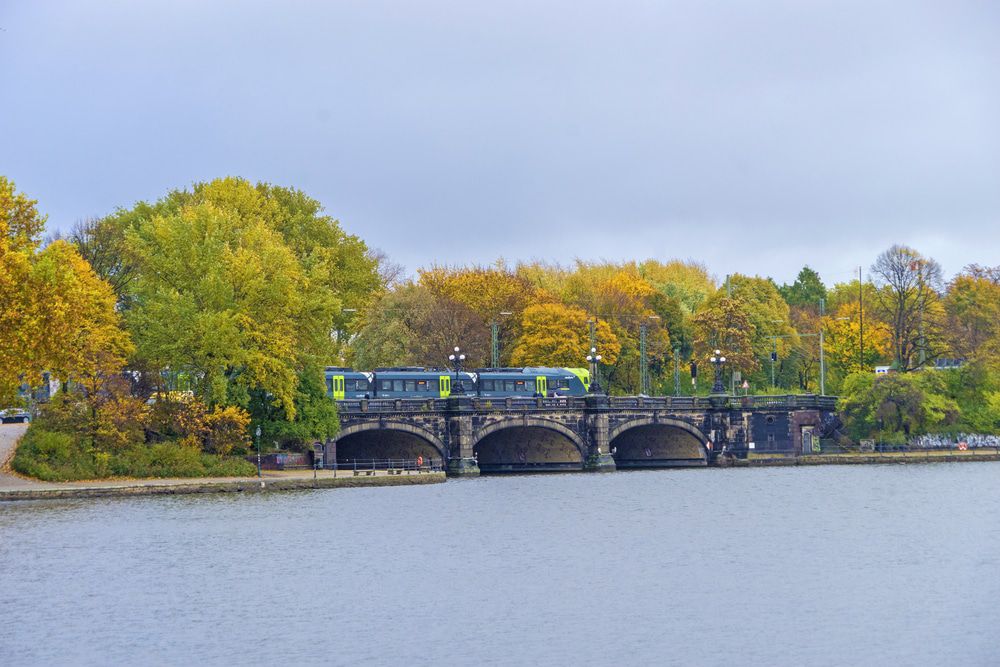
Außenalster
One of the little-known facts about Hamburg is that this city has more bridges than London, Amsterdam and Venice. These canals and slow-flowing rivers in the upper parts of the lake pass through Hamburg’s wealthiest districts.
When the weather is warm, you can rent a canoe or rowboat in the Osterbekkanal, for example, to navigate the city in a less conventional way.
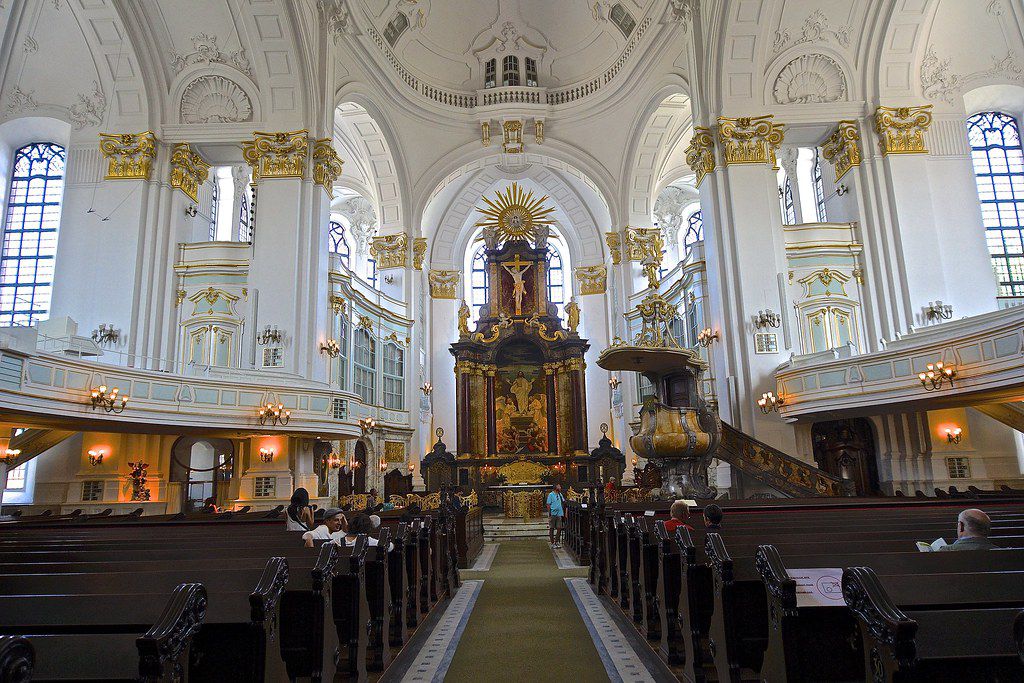
St Michael’s Church
Northern Germany’s most famous Baroque church has seen much drama in its time.
The design dates back to the 17th century, and this 132-meter tower is visible from almost every part of the city. In 1750, the dome fell after a lightning strike and was again destroyed by fire in 1906, only to be completely rebuilt in 1912. Ironically, the church of St. Michael’s escaped major damage during World War II.
You can climb to the observation deck at 106 meters for a full view of the harbor and simply marvel at the spectacular proportions of the building: inside there is room for 2,500 worshippers, while the huge 17th-century crypt holds the remains of 2,425 people, including composer Carl Philipp Emanuel Bach.

Fischmarkt
A Hamburg tradition requires a stop at the Reeperbach fish market on the harbor to continue the party on Sunday morning. From March to November, the market opens at 05:00, and the 19th-century Fischauktionhalle has concert bands and DJs.
You can enjoy a meat roll filled with mackerel, herring, pollock, salmon, or shrimp fresh from the North Sea.
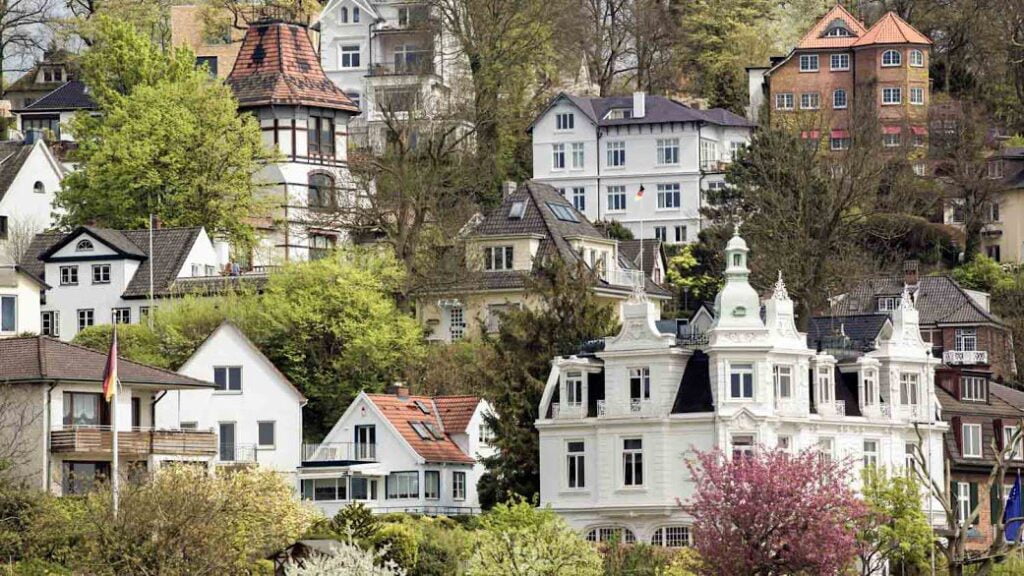
Treppenviertel Blankenese
Take the S-Bahn or ferry to this great old neighborhood a dozen kilometers from the city center, just above the right bank of the Elbe.
Treppenviertel literally means “Stair Quarter.” Untouched by war, Treppenviertel is a chaos of sharp, twisting alleys flanked by beautiful whitewashed houses and interconnected by staircases.
They add up to more than 5,000 steps and don’t be surprised if your curiosity has you checking them all out before you have to stop by Elba for a much-needed break.
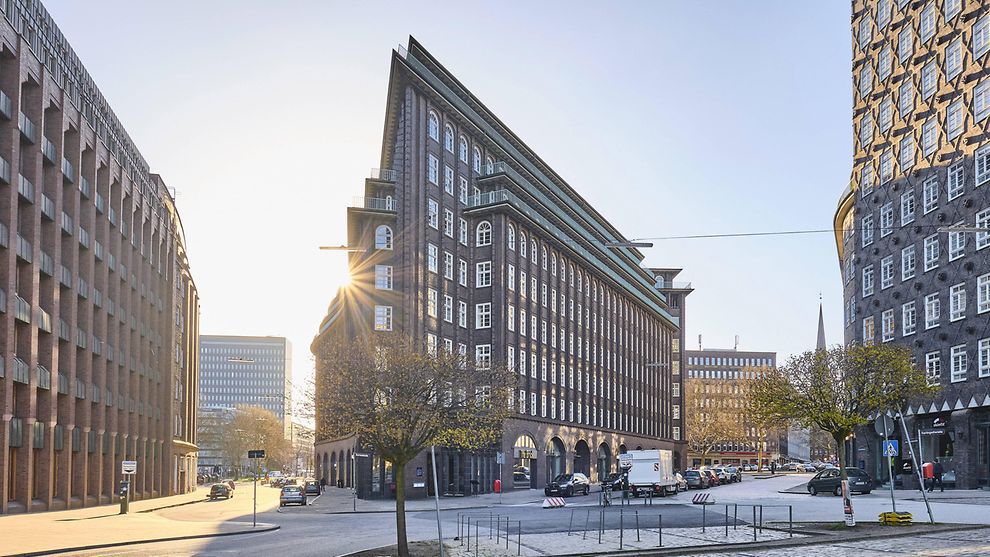
Chilehaus
The Chilehaus is an attractive building, a World Heritage Site, and celebrated by architects for 90 years.
Chilehaus was built in the early 1920s in a style better known as Brick Expressionism. The frame is made of reinforced concrete and covered with 4.8 million grey bricks.
For the photos, the best angle is on the east side, where the undulating facades of this nine-story marvel come together at an acute point at the corner of Burchardstraße and Pumpen like the bow of a colossal ship.

